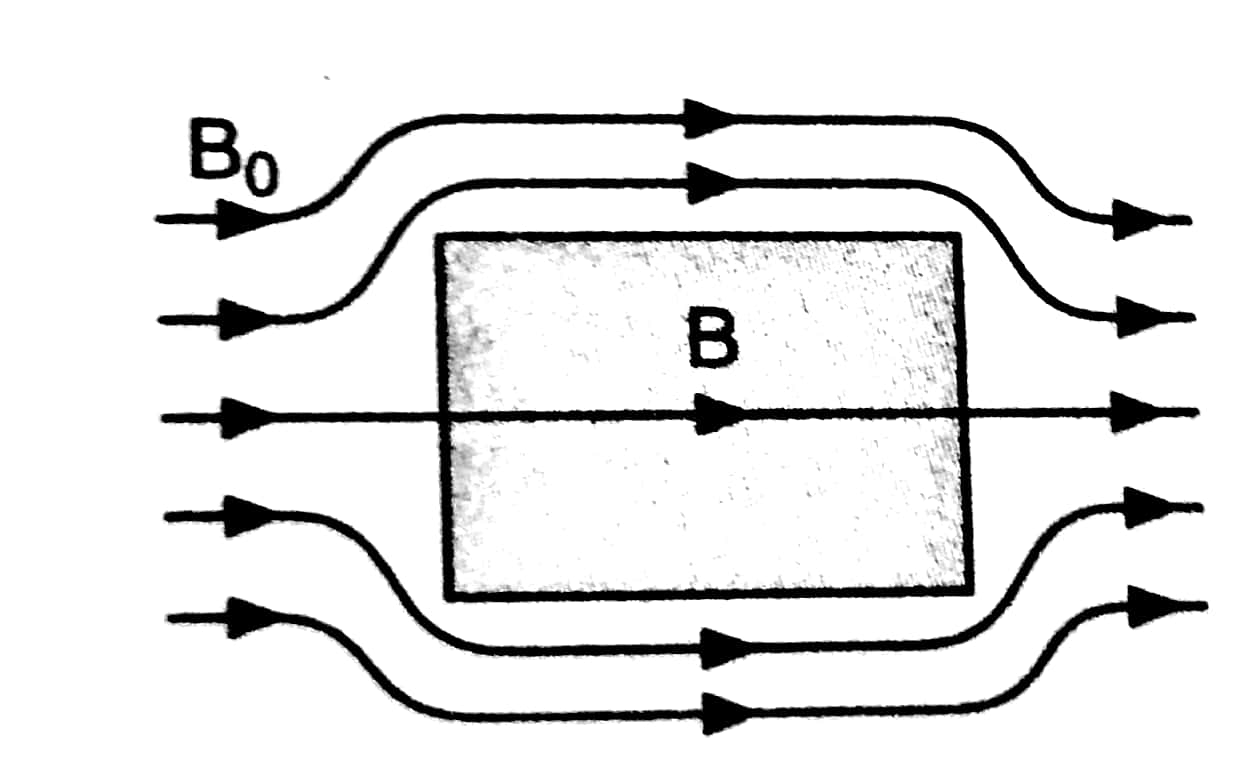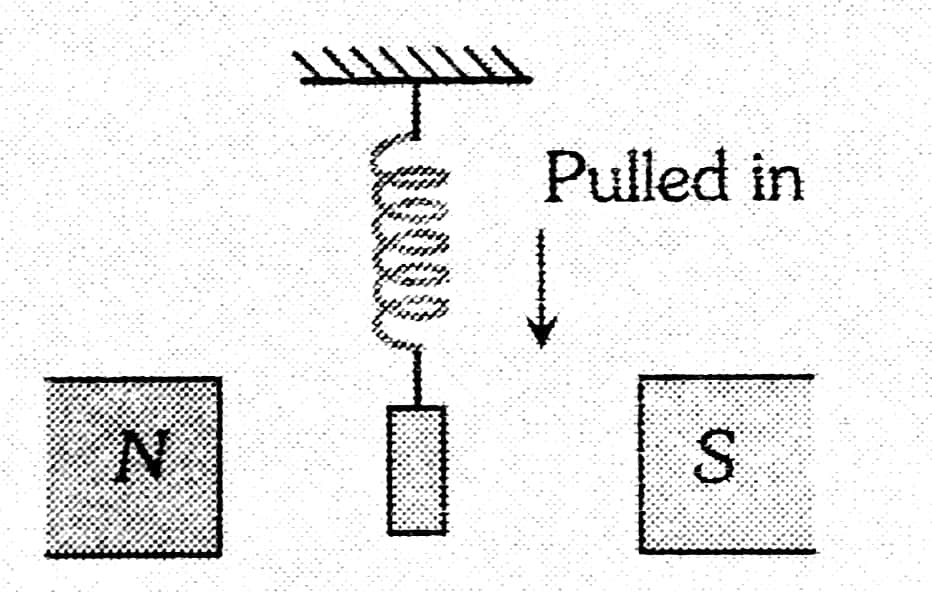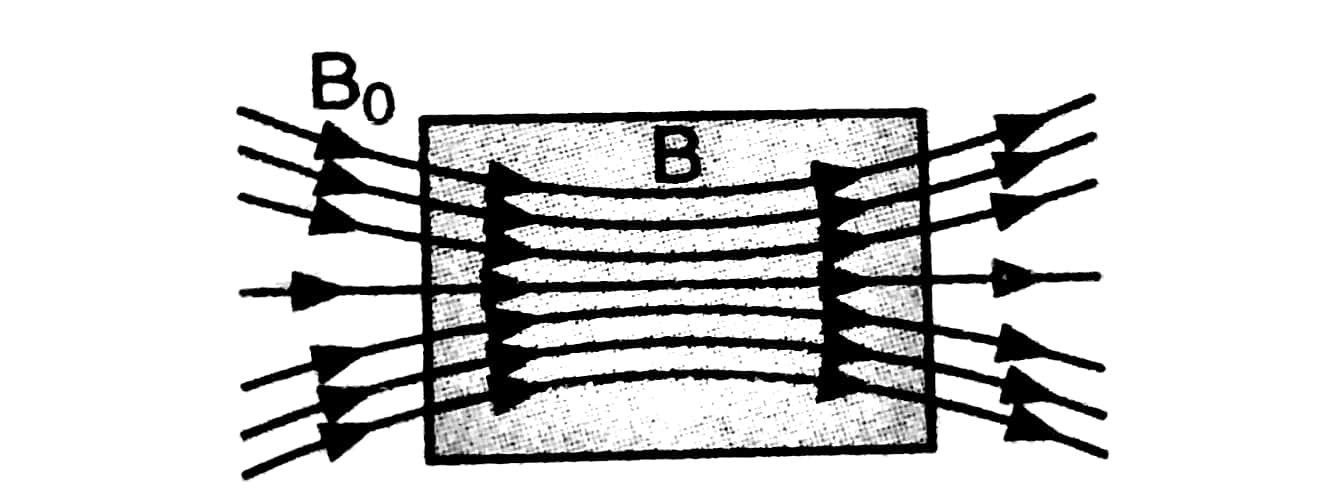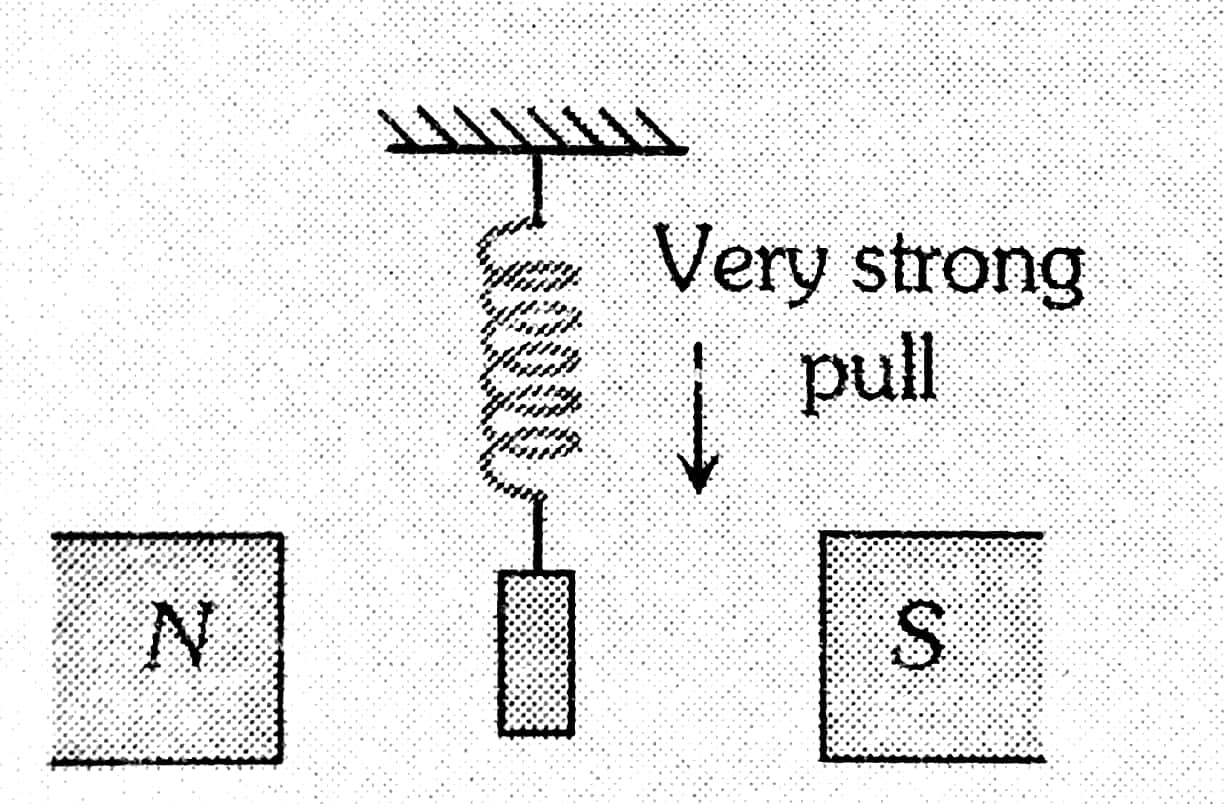Amity University-Noida B.Tech Admissions 2026
Among top 100 Universities Globally in the Times Higher Education (THE) Interdisciplinary Science Rankings 2026
68 Questions around this concept.
An example of a perfect diamagnet is a superconductor. This implies that when a superconductor is put in a magnetic field
of intensity B, the magnetic field Bs inside the superconductor will be such that :
Needles N1, N2, and N3 are made of a ferromagnetic, a paramagnetic, and a diamagnetic substance respectively. A magnet when brought close to them will -
Given below are two statements :
Statements I: The diamagnetic property depends on temperature.
Statements II: The induced magnetic dipole moment in a diamagnetic sample is always opposite to the magnetizing field.
In the light of the given statements, choose the correct answer from the options given below.
Latest: Free All-India JEE Main 2026 Mock Test - Attempt Now
JEE Main Sample Papers: Physics | Chemistry | Maths | Top 30 Repeated Questions
JEE Main QP & Mock: Previous 10 Year Questions | Chapter Wise PYQs | Mock test Series
JEE Main Most Scoring Concept: January 2025 Session | April 2025 Session | Overall
The relative permeability of a substance A is slightly greater than unity while that of a substance B is slightly less than unity. Then
According to Curie law , for a magnetic material, the dependence of the magnetic susceptibility x on absolute temperature is given as
Curie weiss law can be written as
Examples of paramagnetic substances is:
An explanation of the magnetism of ferromagnetic substances is given on the basis:
For a diamagnetic substance:
For which type of substance the cause of magnetism is the spin motion of electrons:
Depending on the magnetic properties, the magnetic materials are classified as
Diamagnetic substance-
The substance which is feebly magnetized in a direction opposite to that of the magnetizing field in which those are placed.
bismuth, copper, lead, silicon, etc are diamagnetic substances.
And for diamagnetic substances
$\begin{gathered}\chi<0 \\ 0 \leq \mu_r<1 \\ \mu<\mu_0\end{gathered}$
Magnetization(M) Vs The magnetic intensity (H) curve-

Magnetic moment (m) for diamagnetic substances is Very low or nearly 0.
The cause of magnetism for Diamagnetic substances is the Orbital motion of electrons.
Diamagnetic substances are those which have a tendency to move from stronger to the weaker part of the external magnetic field.
The magnetic field lines are expelled by these substances.

Behavior in a non-uniform magnetic field In diamagnetic substance-

I.e These are repelled in an external magnetic field.
Paramagnetic substances-
Paramagnetic substances are those which get weakly magnetized when placed in an external magnetic field.
And for Paramagnetic substances
$\begin{gathered}0<\chi<\varepsilon \\ 1<\mu_r<1+\varepsilon \\ \mu>\mu_0\end{gathered}$
Magnetization(M) Vs The magnetic intensity (H) curve-

They have a tendency to move from a region of the weak magnetic field to a strong magnetic field.
i.e., they get weakly attracted to a magnet.
Cause of magnetism-Spin motion of electrons
Magnetic moment (m) for Paramagnetic substances is Very low.
Behavior in a non-uniform magnetic field In Paramagnetic substance-

i.e These are feebly attracted in an external magnetic field.
Ferromagnetic substances-
The substance which is strongly magnetized in the direction of the magnetizing field in which they are placed.
Iron, cobalt, nickel, gadolinium, and the number of alloys are ferromagnetic in nature.
And for ferromagnetic substances
$\begin{aligned} & \chi \gg>1 \\ & \mu_r \gg>1 \\ & \mu \gg>\mu_0\end{aligned}$
Magnetization(M) Vs The magnetic intensity (H) curve-

The cause of magnetism is the Formation of domains.
Magnetic moment (m) for ferromagnetic substances is Very high.
They have strong tendency to move from a region of weak magnetic field to strong magnetic field.
Magnetic field lines tend to crowd into a ferromagnetic substance.

Behavior in a non-uniform magnetic field In ferromagnetic substance-

I.e These are strongly attracted in an external magnetic field
It is the temperature above which increasing the temperature the susceptibility of ferromagnetic materials decreases.
i.e At a temperature above the Curie Point a ferromagnetic becomes an ordinary Paramagnetic
It is denoted by Tc.
Curie-Weiss curve-
|
|
From the above curve, we can say that (For $\left.\mathrm{T}>\mathrm{T}_{\mathrm{c}}\right) \quad \chi_{\mathrm{m}} \propto \frac{1}{\mathrm{~T}-\mathrm{T}_{\mathrm{c}}}$ or $\chi_{\mathrm{m}}=\frac{\mathrm{C}}{\mathrm{T}-\mathrm{T}_{\mathrm{c}}}$ where C is some constant.
"Stay in the loop. Receive exam news, study resources, and expert advice!"
